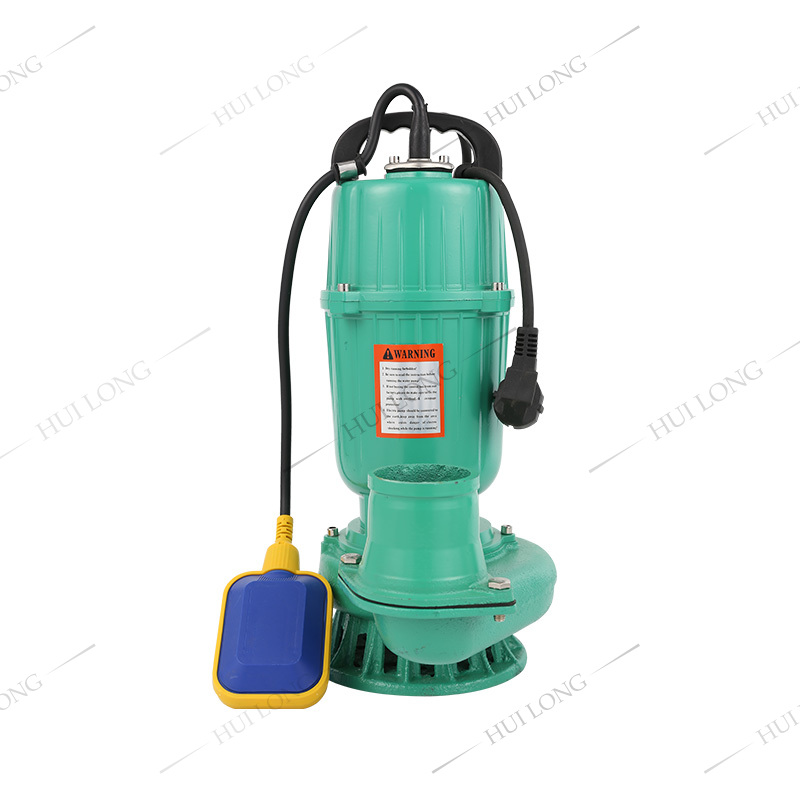The manufacturing process of stainless steel submersible pumps is a blend of art and science, where precision engineering meets the demands of industrial fluid handling.
The choice of stainless steel for these pumps is not arbitrary. It is selected for its strength, corrosion resistance, and ability to withstand harsh environments. The grade of stainless steel is chosen based on the specific application requirements.
The design of a submersible pump is critical to its performance. Engineers must consider factors such as the flow rate, head pressure, and power consumption. Computer-aided design (CAD) software is used to create detailed models that are then tested through simulations.
The manufacturing process often begins with casting the pump components. High-quality stainless steel is melted and poured into molds to create the pump casing and impeller. Once cooled, these parts are machined to precise tolerances to ensure a perfect fit and smooth operation.
The assembly of a submersible pump is a meticulous process. Each component must be carefully aligned and secured to ensure there are no leaks or performance issues. The motor, which is often hermetically sealed to protect it from water ingress, is carefully integrated with the pump mechanism.
Before leaving the factory, each pump undergoes rigorous testing. This includes pressure testing to ensure there are no leaks, performance testing to confirm the pump meets the specified flow rate and head pressure, and endurance testing to ensure the pump can operate continuously without failure.
The final step in the manufacturing process is the pump being finished. This may include polishing the exterior, applying protective coatings, and ensuring all labels and markings are correctly applied.
The craft of making stainless steel submersible pumps is a testament to the skill and expertise of engineers and manufacturers. Each pump is a product of careful design, precision engineering, and rigorous quality control, ensuring it performs reliably in the most demanding conditions.



